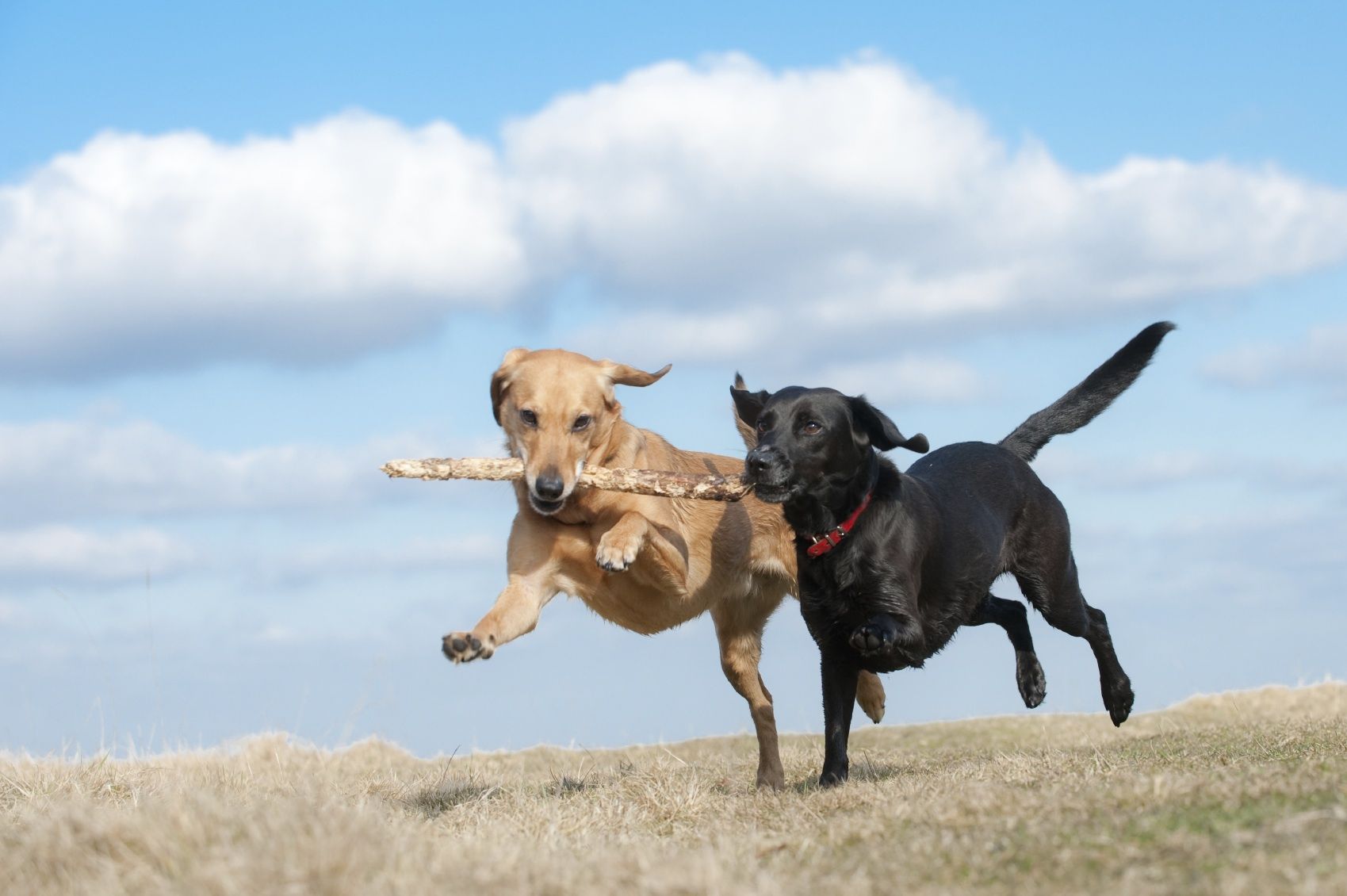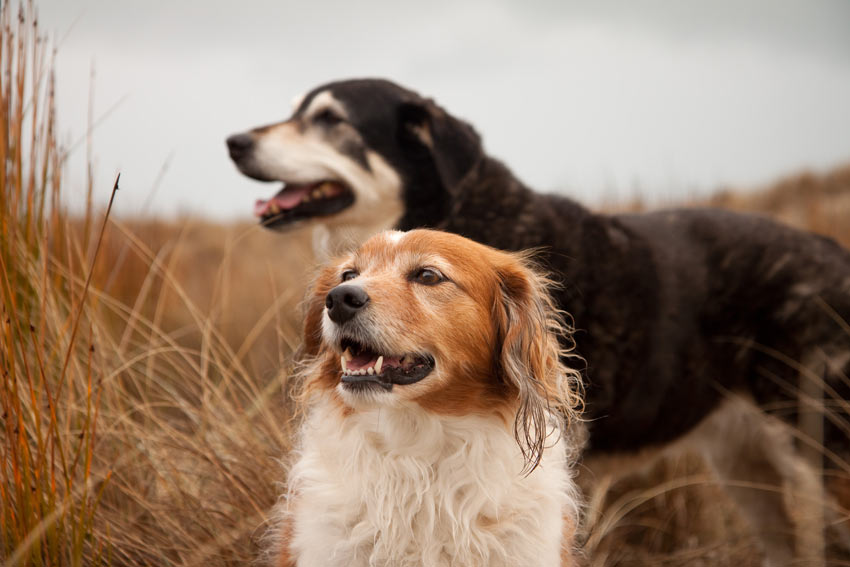Many dog owners decide to double the fun by bringing home a second canine companion. An important question arises – should you take gender into account when selecting the new dog? What are the implications of choosing two males versus a male-female pair versus two females?
While gender does play a role, individual temperament ultimately determines compatibility. This guide explores considerations around same-sex pairs, male-female combinations, and key factors beyond gender to optimize the match.
Pros and Cons of Two Female Dogs
Some benefits and drawbacks of having a pair of female dogs include:
Pros
- Females are often less inclined to compete over territory which can reduce tension. They resolve conflicts using body language cues more than outright fighting.
- Two female dogs tend to develop close bonded friendships when personalities mesh well. They enjoy companionship with their own sex.
- Females are typically more independent thinkers and less “pack mentality” than males. So hierarchy disputes are less common.
Cons
- Female-female aggression risk is higher than male-female pairings. Strong-willed females may clash and compete for ranking and resources.
- Having two unspayed females can incite serious hormonal fights and tension during heat cycles. Spaying is ideal.
- An older female may become grumpy and intolerant toward a new younger female pet. Gradual introduction is key.
Making a Female-Female Pair Work
Selecting well-matched easygoing personalities, spaying each dog, providing ample resources, and proper introduction reduces risks and facilitates compatibility.

Pros and Cons of Two Male Dogs
Some benefits and drawbacks of having a pair of male dogs include:
Pros
- Two males generally form strong affiliative bonds readily. They tend to “let bygones be bygones” after squabbles.
- Males enjoy high-energy rowdy play together. They complement and stimulate each other.
- Unneutered males rarely have issues cohabitating peacefully unlike females in heat.
Cons
- Marking and urine spraying indoors is more likely with two unneutered males competing to “top dog”. Neutering curbs hormone-driven behaviors.
- Males play aggressively. Without supervision, roughhousing may escalate to harmful fights if personalities clash.
- Males require ample exercise and stimulation. Bored pairs left alone risk finding mischief and destruction.
Making a Male-Male Pair Work
Neutering each male, providing appropriate exercise outlet for energies, and supervising high-value items averts most problems allowing males to thrive together.
Pros and Cons of Male-Female Pair
Some benefits and drawbacks of having one male dog and one female include:
Pros
- The sex difference provides a natural complementary social structure. Hierarchy disputes are rare.
- Beneficial hormones help balance both energy levels and temperaments in male-female pairs.
- Spay/neuter avoids sexual tension and removes influences of heat cycles.
Cons
- Strong-willed dogs of opposite sexes may compete over resources based on sex disparities more than same-sex pairs.
- Intact dogs can have issues during female heat cycles – roaming, mounting, fighting. Early spay/neuter prevents problems.
- Rambunctious males may play too rough at times with more submissive females. Provide female sanctuary when needed.
Making a Male-Female Pair Work
Fixing each at appropriate ages, respecting each other’s preferences, providing ample private retreat areas, and evaluating size differences facilitates compatibility.

Other Key Factors Beyond Gender
While gender dynamics contribute, several other traits determine compatibility:
Age – Dogs within 10-15 years of each other adjust more smoothly. Seniors and puppies struggle with vastly different energy needs.
Size – Very large size disparities can increase chances of accidental injuries during play unless maturity difference.
Energy Levels – Avoid pairing couch potatoes with extremely hyper dogs. Choose activity levels that sync well.
Personality – Dominant dogs do best with easygoing submissive partners. Feisty same-sex dogs require extra diligence.
Training – Well-trained dogs socialize smoothly. Reactivity or bad habits strain relationships.
Existing Dog’s Preferences – Ensure current dog accepts newcomers before committing.
Resources – Provide plentiful food, water, beds, toys, and your time/attention to minimize resource guarding.
Questions to Consider Before Getting a Second Dog
- Can you afford double the costs for food, medical care, grooming, boarding, etc?
- Do you have sufficient time to exercise, train, and interact with two dogs?
- Does your home/yard provide adequate space for multiple dogs?
- Does your lifestyle/schedule accommodate another dog’s needs?
- Will a second dog enhance and complement your life?
- Is your current dog well-socialized and comfortable with other canines?
While doubling the fun, two dogs also mean twice the responsibility. Ensure your situation supports a harmonious mult-dog home.
Conclusion
When welcoming a second dog to your family, gender is just one consideration for optimal pairing. While same-sex squabbles can occur, temperament, energy, age, size, training, and general compatibility play pivotal roles determining success. Thoroughly evaluate your needs and pets’ traits, provide ample resources, spay/neuter, and introduce properly to stack the odds in your favor. At the end of the day, individual personality enables two dogs – any gender – to live in harmony when matched wisely.


